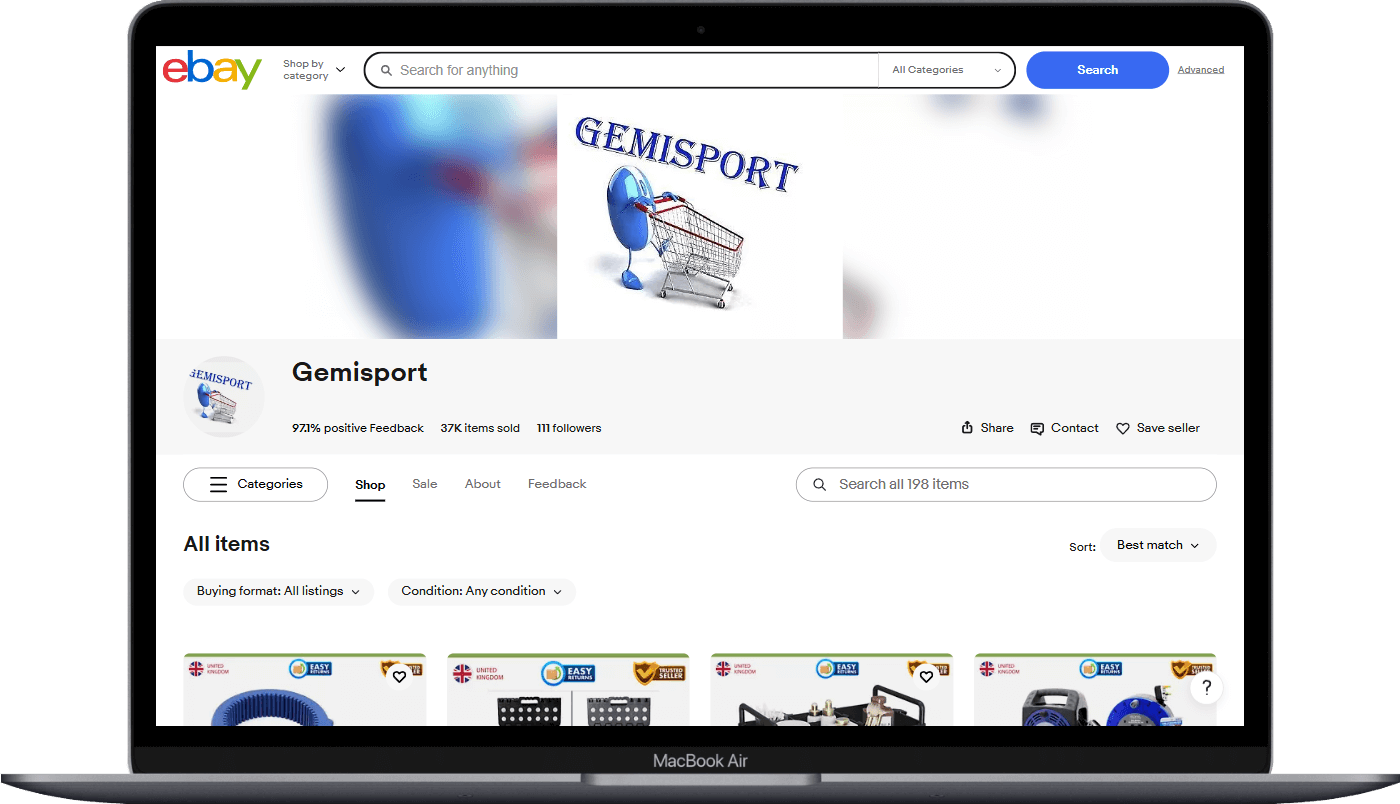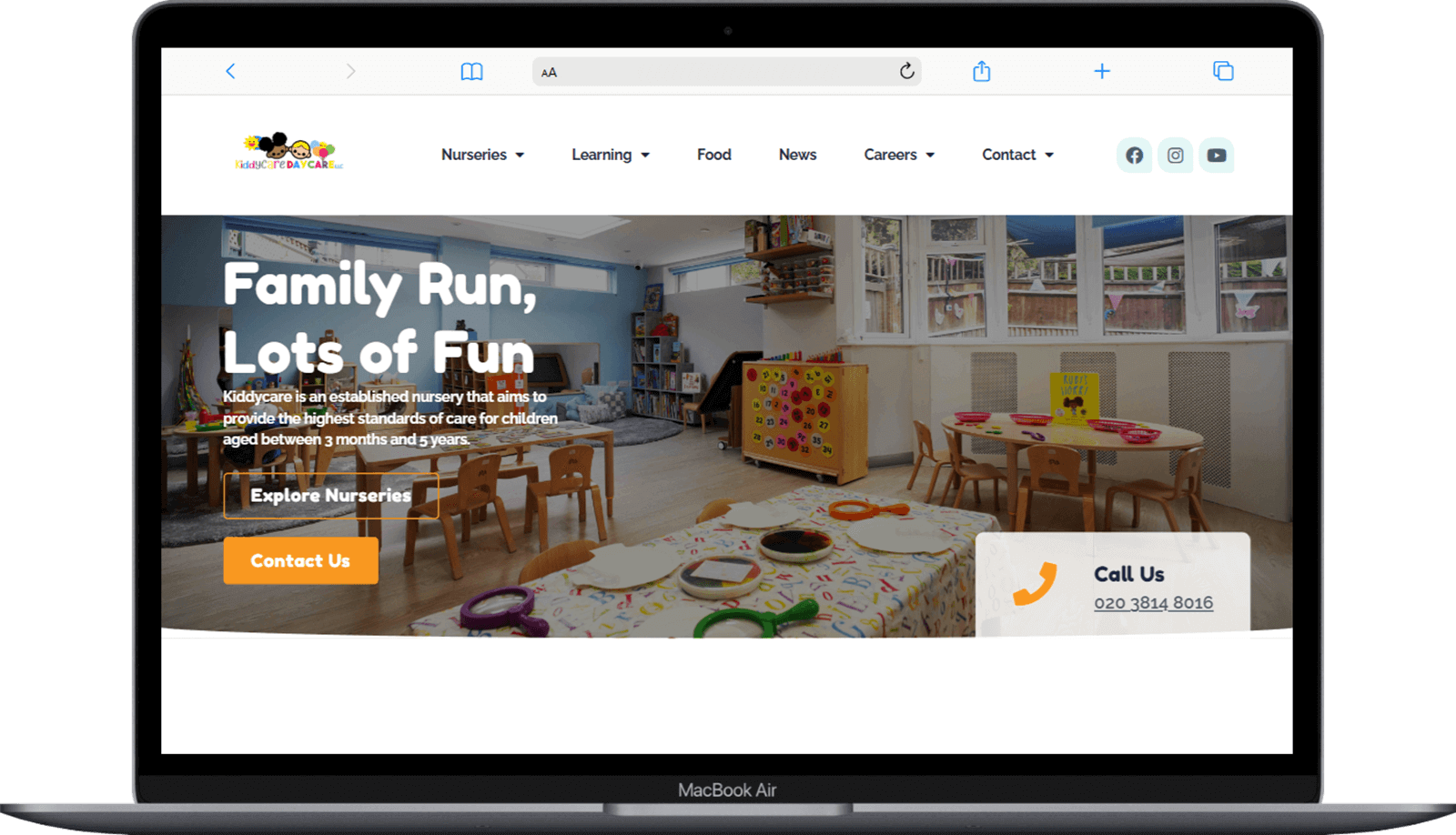In today’s fast-paced digital world, customer experience (CX) is a critical factor that determines the success of businesses. As consumers increasingly shift towards online interactions and transactions, organizations must prioritize their digital CX to stay competitive and retain their customer base. Assessing your digital CX health is a crucial step towards understanding how well your business is meeting customer expectations and identifying areas for improvement. In this article, we will explore key metrics and strategies to help you evaluate and enhance your digital CX.
2. Measuring User Engagement User engagement is a critical indicator of how well your digital channels are resonating with your audience. Metrics like website traffic, click-through rates, time spent on pages, and bounce rates offer insights into the effectiveness of your content and design. High engagement levels signify that customers find your digital platforms compelling and user-friendly.
3. Analyzing Conversion Rates Conversion rates measure how successful your digital CX is in converting visitors into customers or leads. These rates can vary across different channels and segments, and analyzing them can help identify which areas of your digital strategy need improvement. Factors affecting conversion rates may include website usability, checkout processes, and the relevance of product or service offerings to the target audience.
4. Collecting Customer Feedback Listening to your customers is essential for evaluating digital CX health. Implementing customer feedback surveys, both on-site and post-interaction, can provide valuable insights into customer satisfaction levels and pain points. Analyzing qualitative feedback can offer actionable insights into areas where your digital CX may be falling short.
5. Analyzing Support Interactions Customer support interactions play a crucial role in shaping the overall CX. Monitor and assess customer interactions with support teams across various digital channels, such as live chat, email, or social media. Measure response times, resolution rates, and customer satisfaction with support experiences to identify areas for improvement.
6. Mobile Responsiveness As mobile device usage continues to surge, ensuring mobile responsiveness is vital for digital CX success. Test your website and applications on various devices and platforms to guarantee a seamless experience for mobile users. Slow-loading pages or poorly optimized content can lead to frustration and increased bounce rates.
7. Personalization and Recommendation Engines Evaluate the effectiveness of your personalization efforts and recommendation engines. Tailoring content and product recommendations based on customer preferences can significantly enhance the digital CX. Analyze data from past interactions to identify whether the personalized content is positively impacting conversion rates and customer satisfaction.
8. Security and Privacy Digital CX cannot thrive without ensuring the security and privacy of customer data. Conduct regular security audits to protect customer information from cyber threats and reassure your audience that their data is safe. Transparency about data collection and usage can also foster trust and improve CX.
1. Define Your Customer Personas: Begin by understanding your target audience. Develop detailed customer personas that encompass their needs, preferences, pain points, and behavior. By understanding your customers on a deeper level, you can tailor your digital CX to meet their specific expectations and create more meaningful interactions.
2. Set Clear Objectives: Determine the primary goals of your digital CX strategy. Are you aiming to improve customer satisfaction, increase conversion rates, reduce customer support inquiries, or enhance brand loyalty? Clearly defined objectives will guide your decision-making process and help you prioritize initiatives.
3. Conduct a CX Audit: Perform a thorough audit of your current digital CX efforts. Assess your website, mobile applications, social media presence, email communications, and other digital touchpoints. Identify strengths, weaknesses, and areas for improvement. Use analytics and customer feedback to gain insights into the existing customer experience.
4. Develop an Omni-Channel Approach: Customers expect a seamless experience across all channels. Integrate your online platforms to provide a consistent and unified experience. Ensure that customer data and interactions are shared across channels, allowing for a seamless transition as customers switch from one touchpoint to another.
5. Invest in User Experience (UX) Design: A well-designed user interface and intuitive navigation are critical for a positive digital CX. Work with UX designers to optimize the layout, flow, and functionality of your digital platforms. Conduct user testing to identify pain points and make data-driven improvements.
6. Implement Personalization: Leverage customer data to personalize the digital experience. Use past interactions, purchase history, and browsing behavior to offer relevant product recommendations, personalized content, and targeted promotions. Personalization enhances engagement and makes customers feel valued.
7. Embrace Emerging Technologies: Keep an eye on emerging technologies that can enhance your digital CX. AI-powered chatbots, virtual assistants, augmented reality, and voice-activated interfaces are examples of technologies that can significantly impact customer interactions. Embracing such innovations can set your brand apart from the competition.
8. Prioritize Mobile Experience: With a significant portion of online traffic coming from mobile devices, optimizing your digital platforms for mobile is no longer an option but a necessity. Ensure responsive web design and a smooth mobile app experience to cater to on-the-go customers.
9. Focus on Content Strategy: Develop a content strategy that aligns with your customer personas and business goals. Create valuable, informative, and engaging content that resonates with your audience. Content should address customer pain points, provide solutions, and build trust with your brand.
10. Monitor and Measure: Implement robust analytics to track key performance indicators (KPIs) related to your digital CX objectives. Regularly review and analyze data to understand customer behavior and measure the impact of your initiatives. Use customer feedback to fine-tune your strategy and adapt to changing customer needs.
11. Foster a Customer-Centric Culture: Ensure that your entire organization understands the importance of digital CX and is aligned with the customer-centric vision. Encourage collaboration between departments to deliver a unified and seamless customer experience.
Key Metrics
1. Understanding Customer Journey The first step in assessing your digital CX health is to gain a deep understanding of your customer journey. This involves mapping out all touchpoints, from the initial awareness stage to post-purchase support. Identify the various channels through which customers interact with your business, such as website visits, social media, email communications, and mobile apps. Analyze user behavior and feedback at each stage to identify pain points and areas of delight.2. Measuring User Engagement User engagement is a critical indicator of how well your digital channels are resonating with your audience. Metrics like website traffic, click-through rates, time spent on pages, and bounce rates offer insights into the effectiveness of your content and design. High engagement levels signify that customers find your digital platforms compelling and user-friendly.
3. Analyzing Conversion Rates Conversion rates measure how successful your digital CX is in converting visitors into customers or leads. These rates can vary across different channels and segments, and analyzing them can help identify which areas of your digital strategy need improvement. Factors affecting conversion rates may include website usability, checkout processes, and the relevance of product or service offerings to the target audience.
4. Collecting Customer Feedback Listening to your customers is essential for evaluating digital CX health. Implementing customer feedback surveys, both on-site and post-interaction, can provide valuable insights into customer satisfaction levels and pain points. Analyzing qualitative feedback can offer actionable insights into areas where your digital CX may be falling short.
5. Analyzing Support Interactions Customer support interactions play a crucial role in shaping the overall CX. Monitor and assess customer interactions with support teams across various digital channels, such as live chat, email, or social media. Measure response times, resolution rates, and customer satisfaction with support experiences to identify areas for improvement.
6. Mobile Responsiveness As mobile device usage continues to surge, ensuring mobile responsiveness is vital for digital CX success. Test your website and applications on various devices and platforms to guarantee a seamless experience for mobile users. Slow-loading pages or poorly optimized content can lead to frustration and increased bounce rates.
7. Personalization and Recommendation Engines Evaluate the effectiveness of your personalization efforts and recommendation engines. Tailoring content and product recommendations based on customer preferences can significantly enhance the digital CX. Analyze data from past interactions to identify whether the personalized content is positively impacting conversion rates and customer satisfaction.
8. Security and Privacy Digital CX cannot thrive without ensuring the security and privacy of customer data. Conduct regular security audits to protect customer information from cyber threats and reassure your audience that their data is safe. Transparency about data collection and usage can also foster trust and improve CX.
Developing a Digital CX Strategy
A well-defined digital CX strategy is essential for businesses aiming to provide exceptional customer experiences across their online channels. A thoughtful and comprehensive strategy can set the foundation for long-term success and foster customer loyalty. Here are the key steps to develop an effective digital CX strategy:1. Define Your Customer Personas: Begin by understanding your target audience. Develop detailed customer personas that encompass their needs, preferences, pain points, and behavior. By understanding your customers on a deeper level, you can tailor your digital CX to meet their specific expectations and create more meaningful interactions.
2. Set Clear Objectives: Determine the primary goals of your digital CX strategy. Are you aiming to improve customer satisfaction, increase conversion rates, reduce customer support inquiries, or enhance brand loyalty? Clearly defined objectives will guide your decision-making process and help you prioritize initiatives.
3. Conduct a CX Audit: Perform a thorough audit of your current digital CX efforts. Assess your website, mobile applications, social media presence, email communications, and other digital touchpoints. Identify strengths, weaknesses, and areas for improvement. Use analytics and customer feedback to gain insights into the existing customer experience.
4. Develop an Omni-Channel Approach: Customers expect a seamless experience across all channels. Integrate your online platforms to provide a consistent and unified experience. Ensure that customer data and interactions are shared across channels, allowing for a seamless transition as customers switch from one touchpoint to another.
5. Invest in User Experience (UX) Design: A well-designed user interface and intuitive navigation are critical for a positive digital CX. Work with UX designers to optimize the layout, flow, and functionality of your digital platforms. Conduct user testing to identify pain points and make data-driven improvements.
6. Implement Personalization: Leverage customer data to personalize the digital experience. Use past interactions, purchase history, and browsing behavior to offer relevant product recommendations, personalized content, and targeted promotions. Personalization enhances engagement and makes customers feel valued.
7. Embrace Emerging Technologies: Keep an eye on emerging technologies that can enhance your digital CX. AI-powered chatbots, virtual assistants, augmented reality, and voice-activated interfaces are examples of technologies that can significantly impact customer interactions. Embracing such innovations can set your brand apart from the competition.
8. Prioritize Mobile Experience: With a significant portion of online traffic coming from mobile devices, optimizing your digital platforms for mobile is no longer an option but a necessity. Ensure responsive web design and a smooth mobile app experience to cater to on-the-go customers.
9. Focus on Content Strategy: Develop a content strategy that aligns with your customer personas and business goals. Create valuable, informative, and engaging content that resonates with your audience. Content should address customer pain points, provide solutions, and build trust with your brand.
10. Monitor and Measure: Implement robust analytics to track key performance indicators (KPIs) related to your digital CX objectives. Regularly review and analyze data to understand customer behavior and measure the impact of your initiatives. Use customer feedback to fine-tune your strategy and adapt to changing customer needs.
11. Foster a Customer-Centric Culture: Ensure that your entire organization understands the importance of digital CX and is aligned with the customer-centric vision. Encourage collaboration between departments to deliver a unified and seamless customer experience.
Conclusion
Assessing your digital CX health is an ongoing process that requires a combination of data analysis, customer feedback, and a commitment to continuous improvement. By understanding the customer journey, measuring user engagement, analyzing conversion rates, collecting feedback, ensuring mobile responsiveness, and focusing on personalization and security, businesses can build a strong foundation for an exceptional digital CX. Remember that the digital landscape is ever-evolving, and keeping up with changing customer expectations is essential for sustained success in today’s competitive market.Do you want to improve your UX
We create beautiful and user-friendly websites that will help you showcase your services, attract new clients, and improve your online presence. With our expertise in web design, you can trust us to deliver an exceptional website that will make your daycare stand out from the competition.
Our Work

eBay SEO Service for Retail Store Selling Home, Kitchen and Electrical Items
Ebay Seo New York, Optimizing eBay Listings
Show project
Amazon Store Setup, Product Listing & Optimization for Electronics Manufacturer Brand
Amazon, eCommerce Management
Show project
Adobe Commerce (formerly Magento) Store Management for Lamp & Lighting Brand
eCommerce, eCommerce Management
Show project
Shopify Store Management & Product Listing for Leading Home and Kitchen Appliances eCommerce Store
eCommerce, eCommerce Management
Show project
eBay Product Uploading and Image Creation Services | GemiSports
Ebay Seo New York, eCommerce, eCommerce Management
Show projectLoading...



